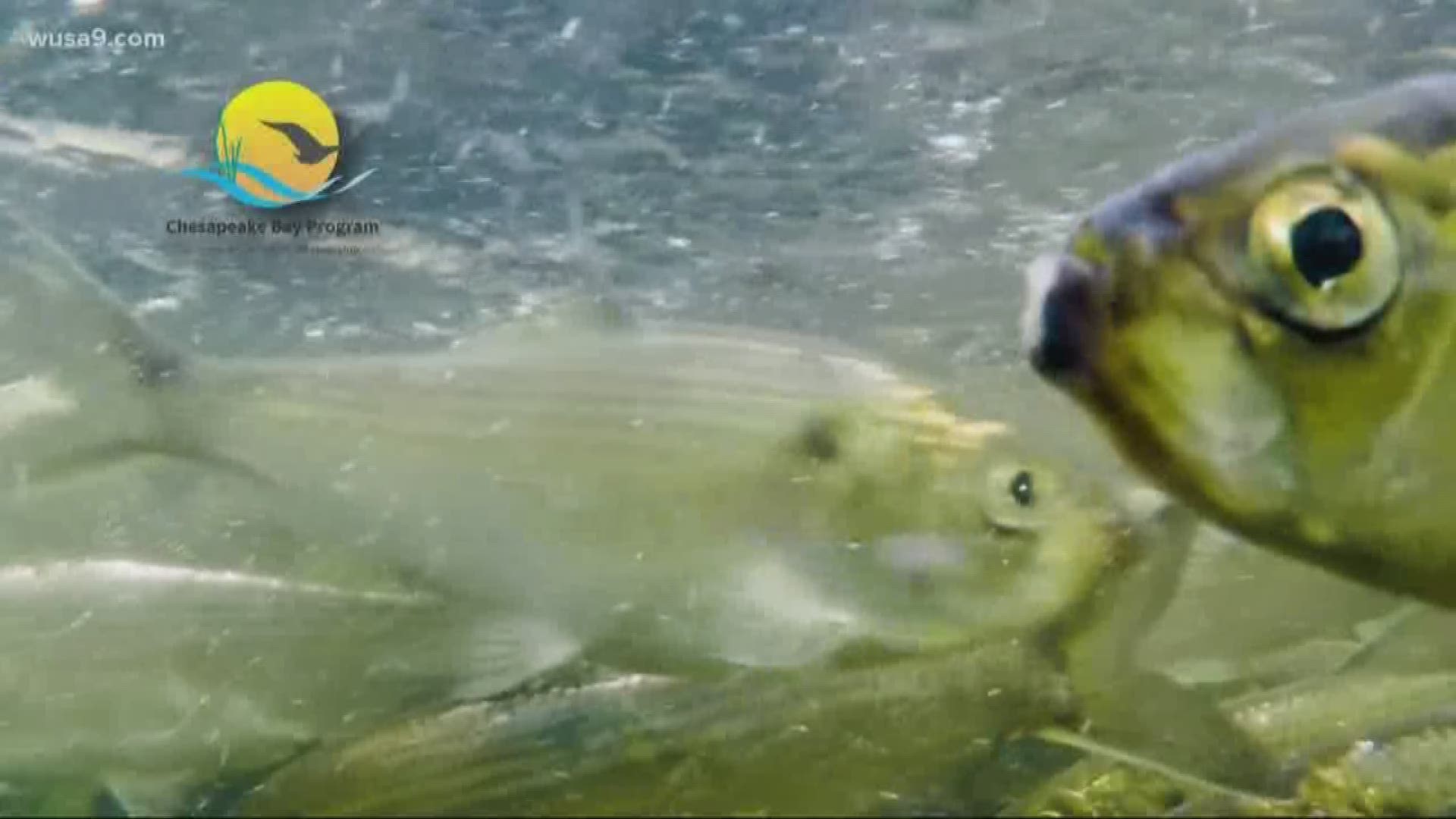WASHINGTON — For the third year running, the Trump administration proposes slashing the Environmental Protection Agency’s Chesapeake Bay Program which has coordinated environmental policy in 5 states since the era of Ronald Reagan.
The administration announced a proposed 90 percent cut of the Chesapeake Bay program’s budget this week, but provided no explanation for the decision in the 150-page budget document released by the EPA.
The White House Office of Management and Budget summary of the proposed EPA budget declares that the plan takes aim at “reducing regulatory burden and eliminating lower-priority activities.”
Maryland Governor Larry Hogan called the proposed 90 percent cut “a total betrayal.”
In previous years, Congress has stepped in to save the Chesapeake Bay Program from similar proposals by the Trump administration.
The Chesapeake Bay Program funnels about three-quarters of it’s $73 million budget directly to D.C. and the five states with rivers draining into the Chesapeake Bay – Maryland, Virginia, West Virginia, Pennsylvania, Delaware and New York (home to the headwaters of the Susquehanna River).
The money funds water quality monitoring and clean up efforts such as direct support to farmers to help them reduce the polluted runoff from the spreading of fertilizer and raw manure they spread on fields.
However, the program’s most powerful role is being the coordinator and negotiator of a partnership between federal agencies and the watershed states. The program helps set policy and goals as well as providing the hard data and scientific analysis needed by decision makers in each state.
The program also helps implement the Chesapeake Bay Blueprint, which includes a “pollution diet” with benchmarks that all five states and D.C. can be held accountable for.
Between the states and the federal government, $569.2 million was spent on cleanup efforts in 2017 alone. The Chesapeake Bay Program uses its comparatively small $73 million budget to coordinate the plan for spending that money most effectively.
One state can not clean up the Chesapeake Bay without cooperation from the others.
In that respect, you could think of the EPA’s Chesapeake Bay Program as like a football coach and the states as players.
The Program makes sure everybody is running the same plays, and the team has been winning.
Since 2009, sediment, nitrogen and phosphorous pollution in the Bay have fallen significantly.
In 2018, for the first time in modern history underwater grasses in the Bay have surpassed 100,000 acres.
That’s why slashing the Chesapeake Bay Program’s budget 90 percent is like firing a winning coach in the middle of the big game.

